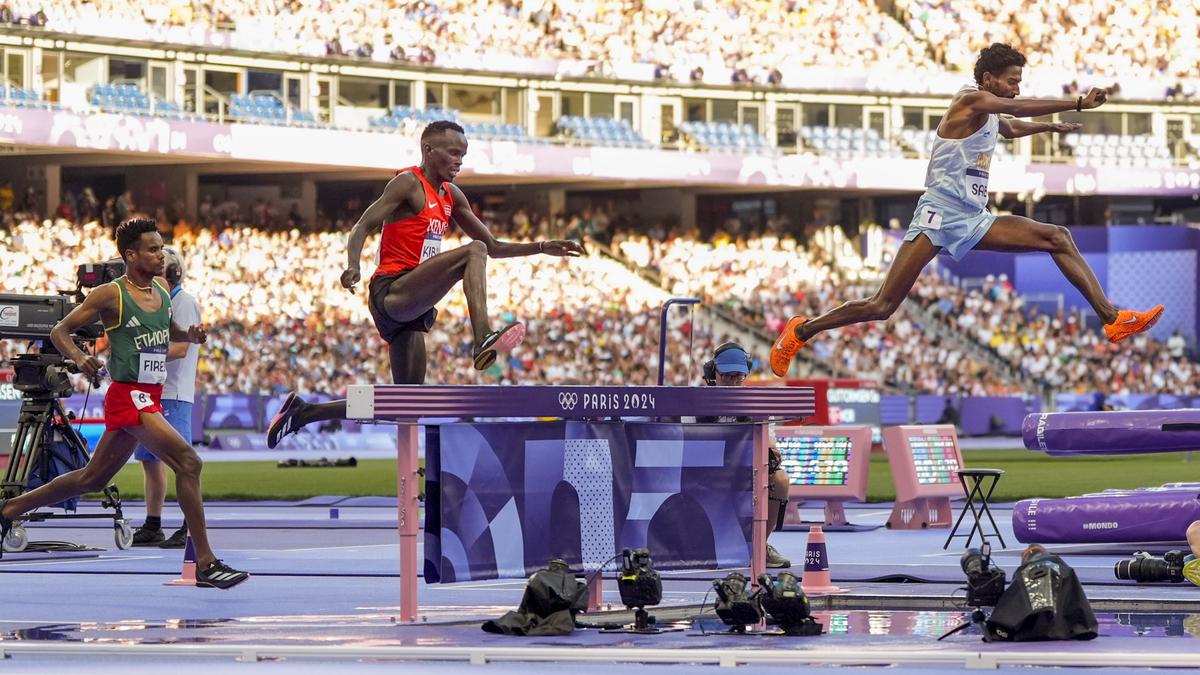All you need to know about Steeplechase ahead of Avinash Sable’s men’s 3000m SC final in Paris 2024 Olympics
India’s Avinash Sable will be in action in the men’s 3000m steeplechase finals of Paris 2024 Olympics on Wednesday.
Sable, who finished fifth in his heat to qualify for the finals, has made history by becoming the first Indian to qualify for the steeplechase finals.
As he attempts to make even more history, he will be taking part in a unique and interesting Olympics event.
How did steeplechase originate?
The name of the event itself, steeplechase, has historical background to it. According to the Olympic website, the roots of the event lie in Great Britain where competitors would run long distances from the church steeple of one town to the next. In doing so, they would be confronted by natural barriers of walls and low streams to hurdle.
As the modern-day steeplechase came into being, these natural barriers would turn into fixed barriers and water jumps. According to World Athletics, the modern steeplechase event would be formalised with the Oxford University race in the mid-19th century, and was added to the English Championships in 1879.
Steeplechase entered the modern Olympics for the first time at the 1920 Antwerp Olympics with the men’s 3000m steeplechase. It would remain this way until the 2008 Beijing Olympics when the women’s 3000m steeplechase was introduced as well.
How does the event play out?
The modern day steeplechase is slightly different from its ancient origin.
Now, this hotly contested event involves athletes running 3000m with 28 fixed barriers and seven water jumps. The height of these barriers is standardised at 36 inches in the men’s 3000m steeplechase and 30 inches in the women’s 3000m steeplechase.
The critical difference between steeplechase barriers and regular hurdles is that steeplechase barriers are fixed in place and do not move if struck. The water pits are 12ft in length, and slope upwards from the barrier to the track. Athletes will do a little over seven laps in order to complete their race.
Who hold the steeplechase records?
Lamecha Girma of Ethiopia set the record for men’s 3000m steeplechase in 2023 with a time of 7:52.11, while Beatrice Chepkoech of Kenya set the women’s 3000m steeplechase record in 2018 with a time of 8:44.32.
Kenya has historically dominated the men’s event, having won gold in all but three Olympics since 1968 (including two Games where they won gold, silver, and bronze). However, Morocco’s Soufiane El Bakkali won gold at the 2020 Tokyo Olympics, and Winfred Yavi of Bahrain won gold in the women’s event.


